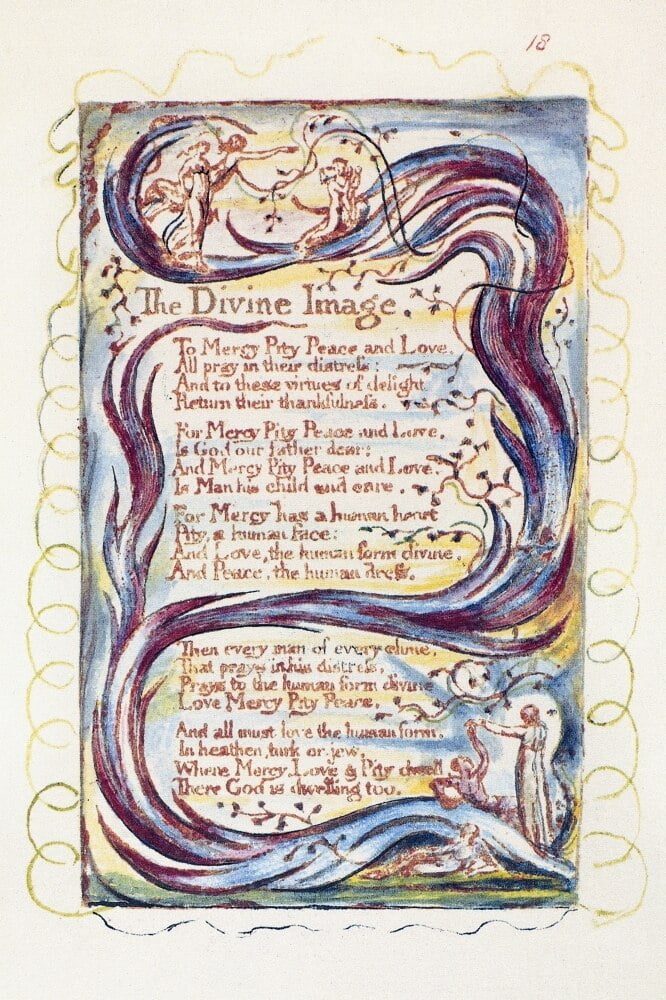

As such, the volume stands at the stylistic and thematic crossroads of his poetic development. Recklings contains in collected form the only corpus of poetry for adults which Hughes published between Lupercal (I960) and Wodwo (1967).

Such a cursory examination is regrettable, for. For, although there are several full-length studies of Hughes’s output, discussion of the Recklings collection is limited to, at most, three pages.

Given Hughes’s standing in contemporary world literature, it seems incomprehensible that Recklings (published in a limited edition of 150 copies in 1966) has received only scant critical appraisal. Playing on generic conventions only in order to leave the reader in an uncomfortable quandary, they seem to practise 'the infernal method' recommended by Blake in The Marriage of Heaven and Hell, 'melting apparent surfaces away, and displaying the infinite which was hid' (see The Complete Poetry and Prose, ed. For all their originality, however, the songs often work by mimicking familiar forms and arousing expectations which they go on to frustrate. Blake went further than most and attempted to exploit the expanding market for illustrated books - to which he had contributed both as a designer and copy engraver - by combining his genius as a writer and artist into the form of an illuminated book. Without mentioning Blake, the successful bookseller James Lackington noted in his 1792 Memoirs (224) that several authors had tried to sell their own works in order to by-pass the book trade. Songs began life as an exercise in self-publishing, and never reached an audience in Blake's lifetime beyond those few collectors who bought copies printed by the author himself. It was not even published in a conventional way. William Blake's Songs of Innocence and of Experience certainly ranks among the most distinctive and individual collections of poetry in a century obsessed with originality and genius.


 0 kommentar(er)
0 kommentar(er)
